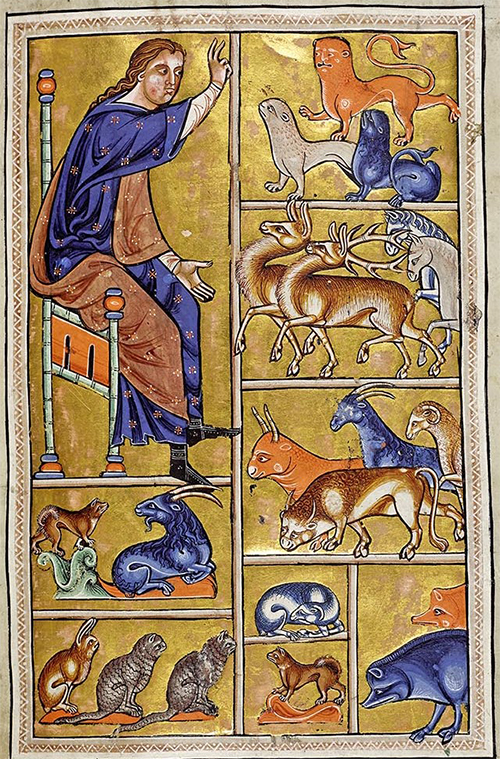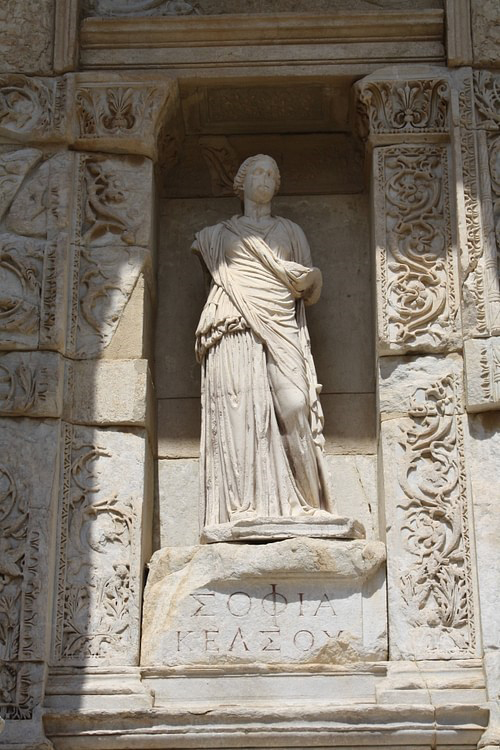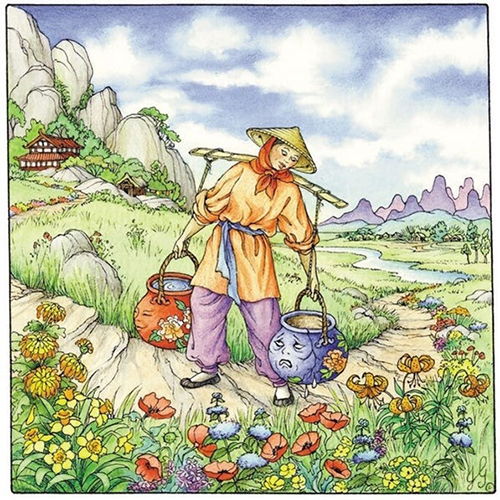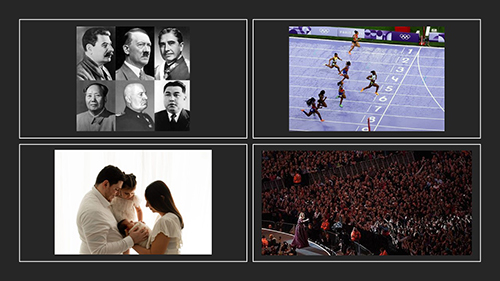
This Sunday’s first reading invites me, quite literally, to return to the “very beginning” as Julie Andrews invites me/us as she sings in the ‘Sound of Music’.
I am on the second page of my Bible, reading from the second chapter of the first book, the Book of Genesis.
It is worth quoting a portion of our reading (Gen. 2:18 – 24)
‘The Lord God said: “It is not good for the man to be alone.
I will make a suitable partner for him.”
So the Lord God formed out of the ground various wild animals and various birds of the air, and he brought them to the man to see what he would call them; whatever the man called each of them would be its name.
The man gave names to all the cattle, all the birds of the air, and all wild animals; but none proved to be the suitable partner for the man.’
Two things caught my attention: firstly, the partners formed for the human named Adam were formed from the same ‘dust of the ground’ as was the human Adam, “So the Lord God formed out of the ground various wild animals and various birds of the air.” (The name Adam comes from the Hebrew word adamah meaning “earth,” )
These first partners were ‘various wild animals and birds of the air.’
The second aspect that caught my attention was that the Creator brings these. to Adam to name and the name Adam gives them is accepted by the Creator, “whatever the man called each of them would be its name.”
We read in the Book of Job, Chapter 12: 7 – 10 “But ask the animals, and they will teach you, the birds of the air, and they will tell you; ask the plants of the earth, and they will teach you, and the fish of the sea will declare to you. Who among all these does not know that the hand of the Lord has done this? In his hand is the life of every living thing and the breath of every human being.
The importance of this narrative is not just about humans: it is also about the animal kingdom and the plants and the water and the sky and everything else.
Pope Francis wrote in his encyclical “Laudato Si” ‘“The entire material universe speaks of God’s love, God’s boundless affection for us. Soil, water, mountains: everything is a caress of God.” (Laudato Si’, 84).
The illustration is from the Aberdeen Bestiary (Aberdeen University Library, Univ Lib. MS 24) is a 12th-century English illuminated manuscript.
{A bestiary is a book from the medieval era with pictures and stories of animals. Bestiaries includes real animals as well as mythical animals such as unicorns.}



